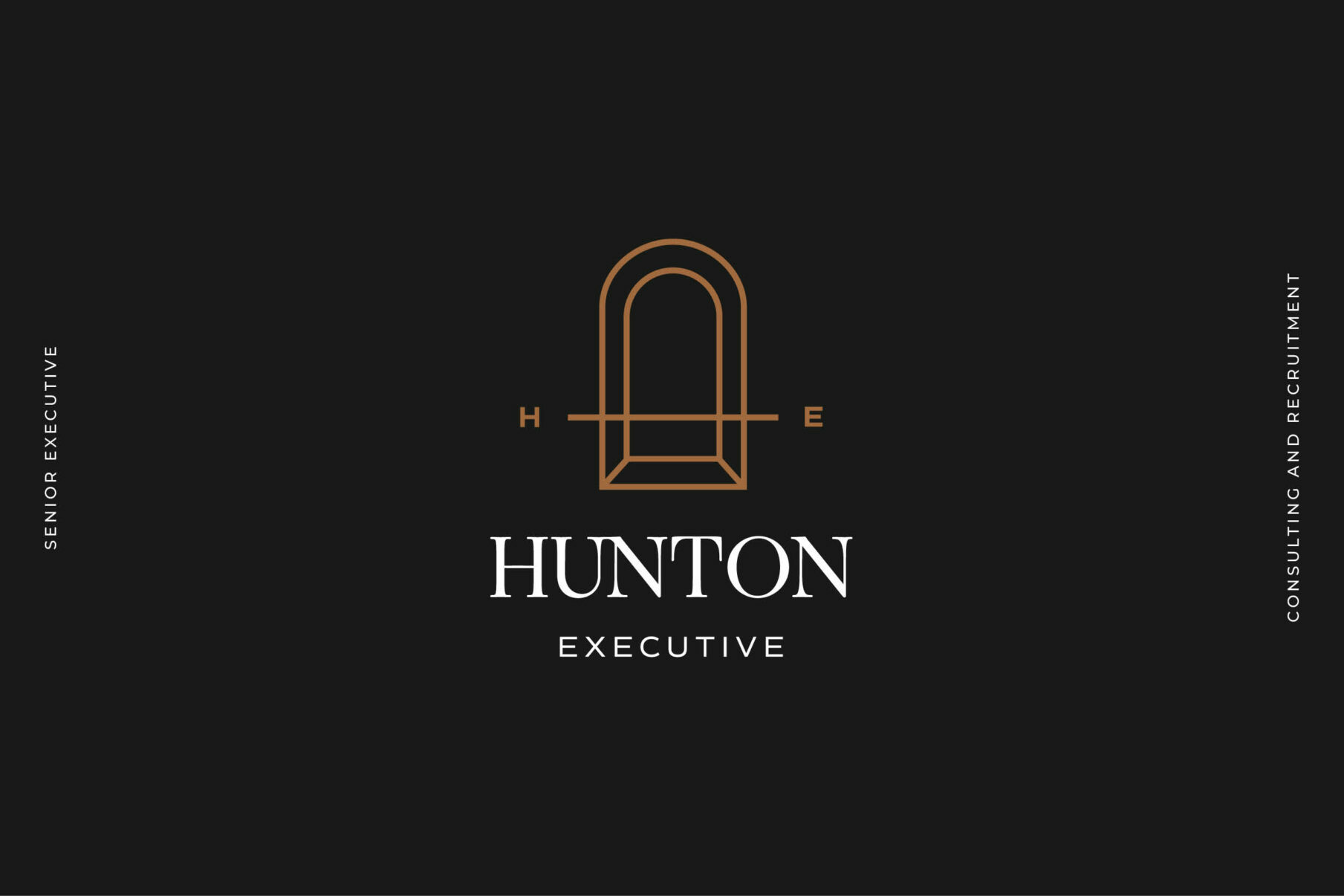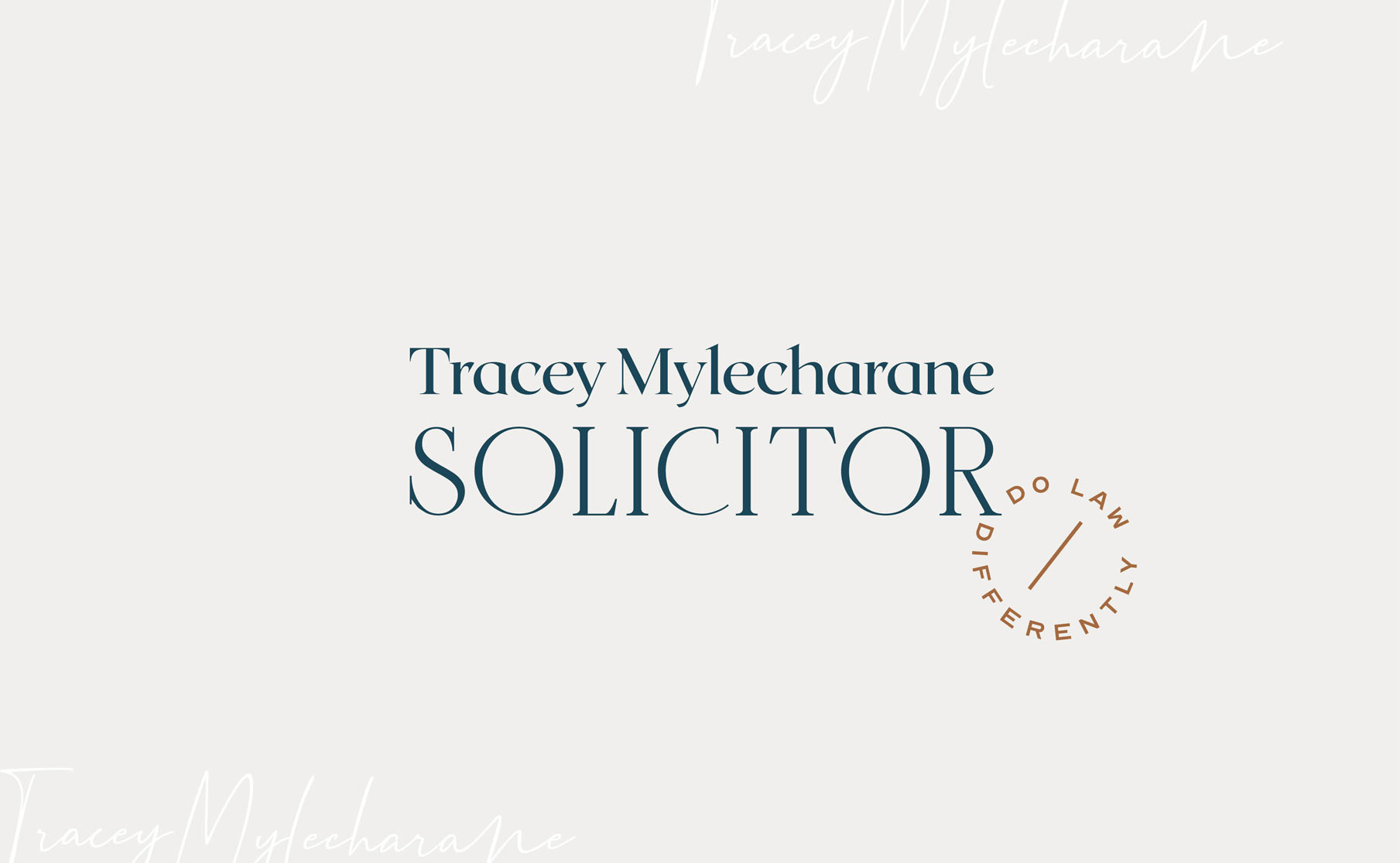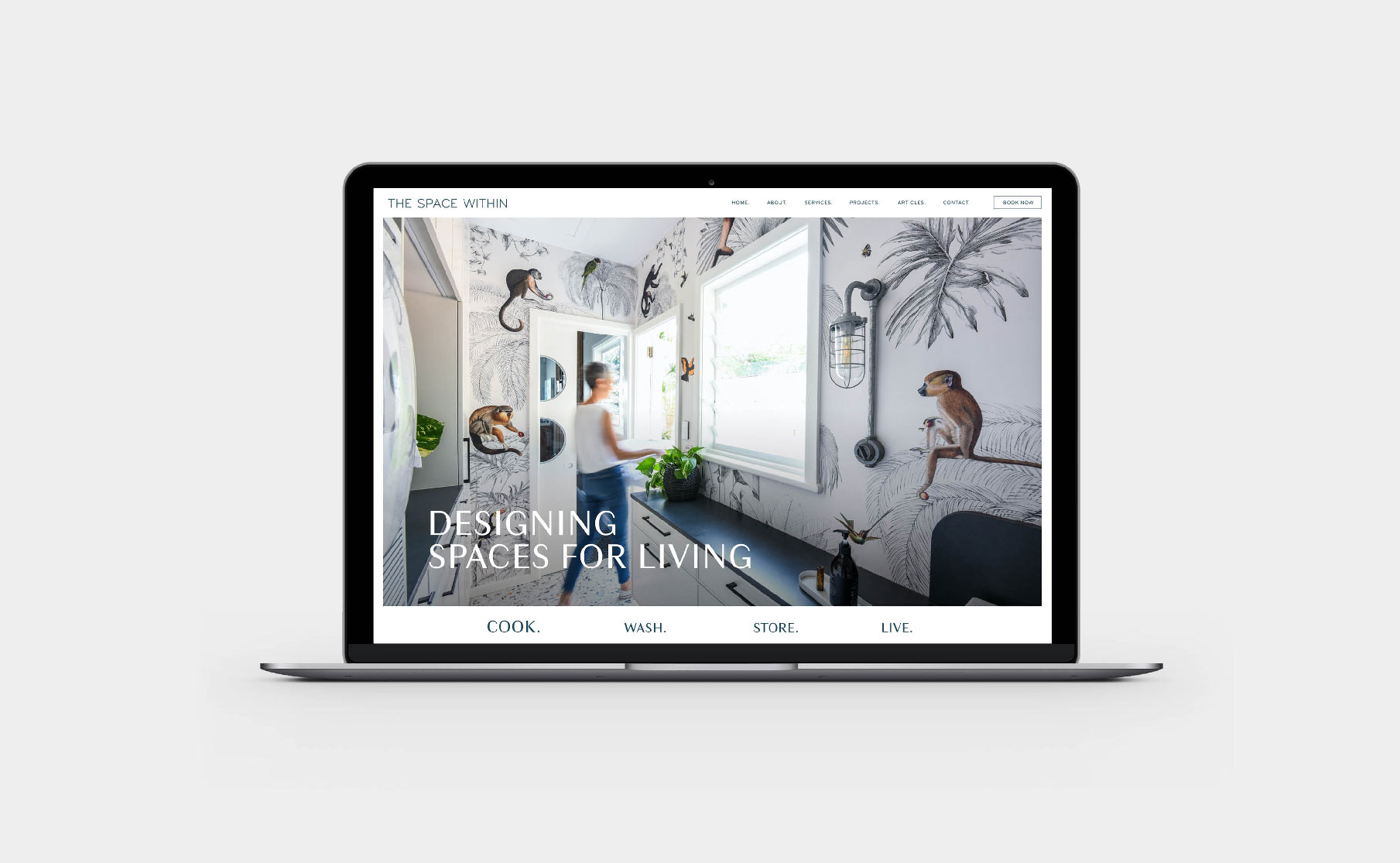
03 Oct How to get the best out of your graphic designer
Successful creative projects need successful collaboration between all participants. Your relationship with your graphic designer is an essential dynamic that needs to be cultivated and maintained for great results. Here we take a look at what you can do to get the most out of your graphic designer and his or her creative skills.
GET OFF TO A FLYING START
Do …
- Find someone who gets you
Yes, you need to start off with a designer who sees the bigger picture; someone who gets you, the way your business works and what it is trying to achieve. Sometimes recommendations from colleagues and friends can push you in the right direction because good designers can often hard to find. - Make sure you like their work
The right attitude and personality is important, but the most important thing is to be sure that they produce great work. Have you seen their portfolio? Did you like what you saw? This is the standard of work you can expect. - You get what you pay for
Running a business is tough going, and budgets are under pressure and pushed to their limits on a regular basis. Trust me, I know from first hand experience.Your designer may be an expense, but the value they add to your business profile is priceless.If you can find someone reasonably priced, who produces great work, that’s pretty remarkable. More often than not, you’ll find that cheap designers produce cheap work, are less experienced or need more time to produce high quality work. All of these shortcomings will require your compensation in managing your projects so weigh up your options wisely.
SO HOW DO YOU BRIEF A DESIGNER EFFECTIVELY?
In a nutshell – A Solid Brief = A Solid End-Product
This goes beyond a chat on the phone where you talk through your ideas. A solid brief means a set of written instructions that clearly expresses what you want.
Most professional designers have their own briefing methods but the important thing to remember is: the more information you give them, the better your end-product will be.
Key things to remember:
- Rely on visuals: Designers are visual people so the best way to brief them is – you guessed it, from using visuals. Along with written instruction, a visual moodboard is THE MOST effective way to communicate to them what you hope to achieve.
- Give Them Technical Information From The Onset: Designers need measurements and specifications from the beginning so include them in the brief. It is difficult to change dimensions once a design has been finalised. It isn’t a simple matter of clicking a few buttons. It is better to start the process off with the right measurements than try to change them later.
- Know your business plan and vision: Every designer should be designing with longevity in mind. To do this they need to understand key points about your business so that they tick all the boxes along the way.Some of the most essential components include:
– Your business services
– Your business culture
– What you are hoping to achieve from the project
– Intimately knowing your target audience (who is your target audience, what do they want and what motivates their behaviour?)
– Your current style guide
– Any past examples of old design work
– A project description: your final copy, a brief for the images you want to use, what kind of style you want the end-product to follow
NEXT STOP >>> HOW TO GIVE FEEDBACK FOR AWESOME RESULTS
Written Feedback Is The Way To Go
Telephone calls have their place, but when you are briefing changes to a designer, writing them down in an email is the most reliable way to explain yourself. This ensures that either party doesn’t miss anything out, plus it gives you a checklist to follow when you receive the updated version of the artwork. It’s a win-win situation for everyone.
Use Bullet Points
The best way to provide feedback is using bullet points. And clear, concise instructions. When your designer is under pressure, trawling through long-winded explanations about things will make their toes curl.
- Use phrases like “change this to this”
- Be clear about where the changes should take place: “In the second sentence of the third paragraph”
Keep It Simple
keep your instructions simple and obvious. You don’t need to elaborate on the why (Sorry Sinek) but only on the how ie:
- “Please change the second sentence of the third paragraph to ‘The conference will start at 10am sharp.’”
- “Please provide me with some alternative font options for the body and sub-headings throughout the document.’”
- “Please can you provide me with some alternative shapes for around the logo. Something a little softer than the straight-edged square shape.’”
Separate Questions From Feedback
If you have questions to ask your designer, keep them separate from your feedback so you don’t cause confusion and waste unnecessary time.
Keep A Project’s Momentum Going
Keep your changes moving quickly – momentum is useful for designers as it helps to keep the creative juices flowing. If you leave your changes for weeks on end, the project can become limp. When you keep the energy flowing and drive the project things will move in the right direction.
HOW TO TALK TO YOUR DESIGNER WHEN THEY DON’T GET IT RIGHT?
Design is subjective, like art where everyone has different tastes and opinions on what works for them. Sometimes your designer will not produce what you were hoping for right off the bat. This means you need to re-brief them to give a better idea of what you want to achieve.
Every designer would like to nail a brief the first time around but that doesn’t always happen. Rounds of changes are normally factored into the costing of every project so that the designer can refine the project until they get it right.
Don’t be afraid if you don’t like it
First and foremost don’t worry about not liking things they produce. You are paying for a service so you are 100% justified in asking for changes. It can be frustrating when you don’t get back what you were hoping for but by keeping your feedback upbeat and concise anything can be turned around.
Be constructive with your feedback
Be honest but not critical when you deliver your feedback. Take a constructive approach and break down the reasons why the end result is not what you wanted. For example:
- “I want something more creative”could be phrased more effectively as:
“The layouts you have provided are great but I was hoping for something a little less structured and less corporate in feel. If you could please incorporate a more artistic font for the headings and integrate the images and text more creatively into the layout, that would be great.” - “I don’t like what you have done”could be phrased more effectively as:
“Thanks for getting moving with this project but you haven’t really hit the nail on the head with this one. I don’ think that the a) images are right (and say why), b) the ‘feeling’ is not quite how I had imagiuned (explain why – I was hoping for more of a – ABCD feel) etc”
To break it down further you could talk about the: images chosen, fonts, feel/mood, colour palette, adherence to brand guidelines. Finding further visual examples about what you are trying to achieve will also most likely help a ton.
Like this and want more?
Don’t miss a thing by following us on instagram > or sign up to our newsletter for monthly goodness delivered straight into your inbox. Yes that’s right – MONTHLY Goodness – no-one hates SPAM email more than we do!












